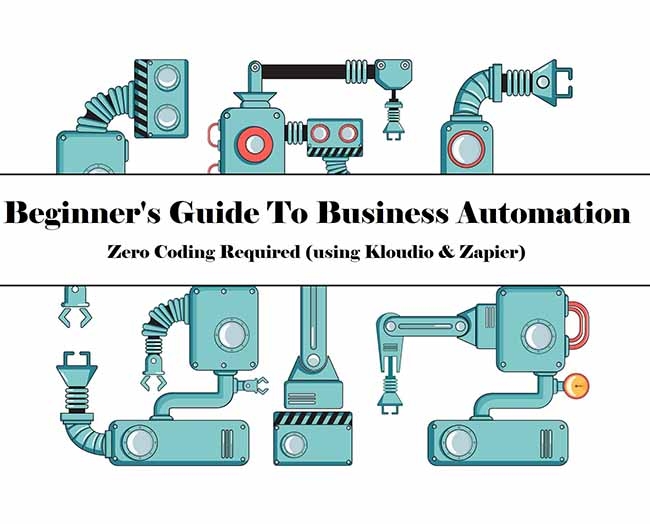
Contents:
- Upwork Journey to IPO
- How Big is Upwork?
- How Much is Upwork Worth?
- IPO Aftermath
- Estimated Valuation
- Conclusion
Upwork’s IPO Journey - The Beginning of Freelance Disruption
Now that it's no longer a secret that Upwork decided to go public, a number of questions, presumptions and debates have arisen. Some of the most pertinent questions revolve around the magnitude of the Upwork IPO filing and how this will affect the freelance industry.
To address the questions and presumptions of the Upwork IPO journey, Superside collected data from various sources, including PR releases and online and publicly-available sources, and carried out a deep analysis using statistical methods. We managed to generate interesting estimates about the Upwork valuation—data that is not available anywhere else.
Here's What Upwork's CEO Thinks
How Big is Upwork?
Let's look at some of the commonly googled stats about Upwork that you might not have known!
How Much is Upwork Worth? – Is it the Next Unicorn?
With the news of the Upwork IPO filing, people are already wondering if this will be the next big unicorn, following in the footsteps of Spotify Technology SA and Dropbox, Inc.
According to some speculations, what happens after the transition is what matters. Things may get difficult for Upwork when it gets caught not only between clients and freelancers but also between investors and freelancers. Others see this as immense potential.
Here is an in-depth analysis made by Superside and unavailable anywhere else, generating interesting estimates about the Upwork valuation.
IPO Aftermath – Will it be a Success?
According to Superside CEO & Founder, Fredrik Thomassen
It will be uplifiting for the industry
- The IPO could lead to increased growth in the entire B2B Human Cloud industry due to increased media exposure or increased confidence among slowly adopting BigCos.
- It will also most likely determine UpWork's ability to raise more capital and debt to drive growth, which is good for everyone.
- UpWork could also consolidate the space by buying smaller players. Combined with faster growth, the IPO might contribute to more market power for UpWork.
- More market power could, in turn, lead to UpWork increasing their commissions. While a possible increased commission is bad for UpWork's existing freelancers, it would allow UpWork to invest more in growth and tech, which would allow more freelancers to make a living using the platform. The net welfare effect is, therefore, a bit unclear.
But, not a VC-Style Homerun
If we measure success by looking at the 2014 investors (Benchmark, T. Rowe Price, FirstMark, Sigma West, NEA, and Stripes Group), the IPO could be good from a private equity-standpoint, but it won't be a VC-style homerun.
Comparison to Freelancer.com
Freelancer is currently trading at an AU$252 million market cap (or US$186 million). In the first half of 2018 they collected AU$24.7 million in commission, or around AU$50 million in commission for the full-year, according to their H1 2018 report. This means their market cap/commission ratio is around five, including escrow.
Valuation
UpWork announced numbers for the first time in a long while in a 2018 press release. According to the statement,
- They are now doing US$1.5 billion annualized gross services volume run-rate.
- UpWork's commission is currently somewhere between 12-15 percent (based on our estimates of the impact of their new sliding scale commission structure, including their new payment fee of 2.75 percent), and we believe it should be around 13 percent.
- This means that UpWork's 2018 commission should be around US$200 million, excluding some income from UpWork Pro and UpWork Enterprise.
- If they get the same commission multiple as publicly traded Freelancer, then that would value UpWork at around US$1 billion (5 x US$200 million).
UpWork raised US$30 million from investors in 2014, at a valuation of US$850 million. At the time, they were doing US$930 million in gross services volume, and likely close to US$90 million in commissions or around 9.5 times the commission multiple (US$850 million / 90 million).
Doubling commissions in four years is certainly faster than Freelancer, but it is not amazing for a venture-backed company burning money. T. Rowe Price took some write-offs on their UpWork investment in 2015 amid a lot of fuzz around integrating Elance and oDesk after the merger. T. Rowe’s Horizon fund, who owns the UpWork shares, does not share anything in their 2016-2018 reporting about UpWork, and it is unclear how they price it today.

Conclusion
In any case, it seems unlikely that the public market pricing of UpWork will have a lower multiple than Freelancer given their higher growth. There are some other properties of UpWork that make it more attractive than Freelancer such as:
- Being the most likely market leader
- US location/listing
- Much stronger platform tech which means they may be able to defend their 2014 valuation multiple of 9.5 times which would value UpWork at US$1.9 billion.
A price in the US$1-1.9 billion range seems likely. The late-2014 investors will make between 94 - 97 percent rate of return on the investment. With UpWork’s total capital of US$170 million, early investors and employees should get a good return.
Sources:
- Upwork
- Similarweb.com
- Angel.co
- Crunchbase
- Press releases












